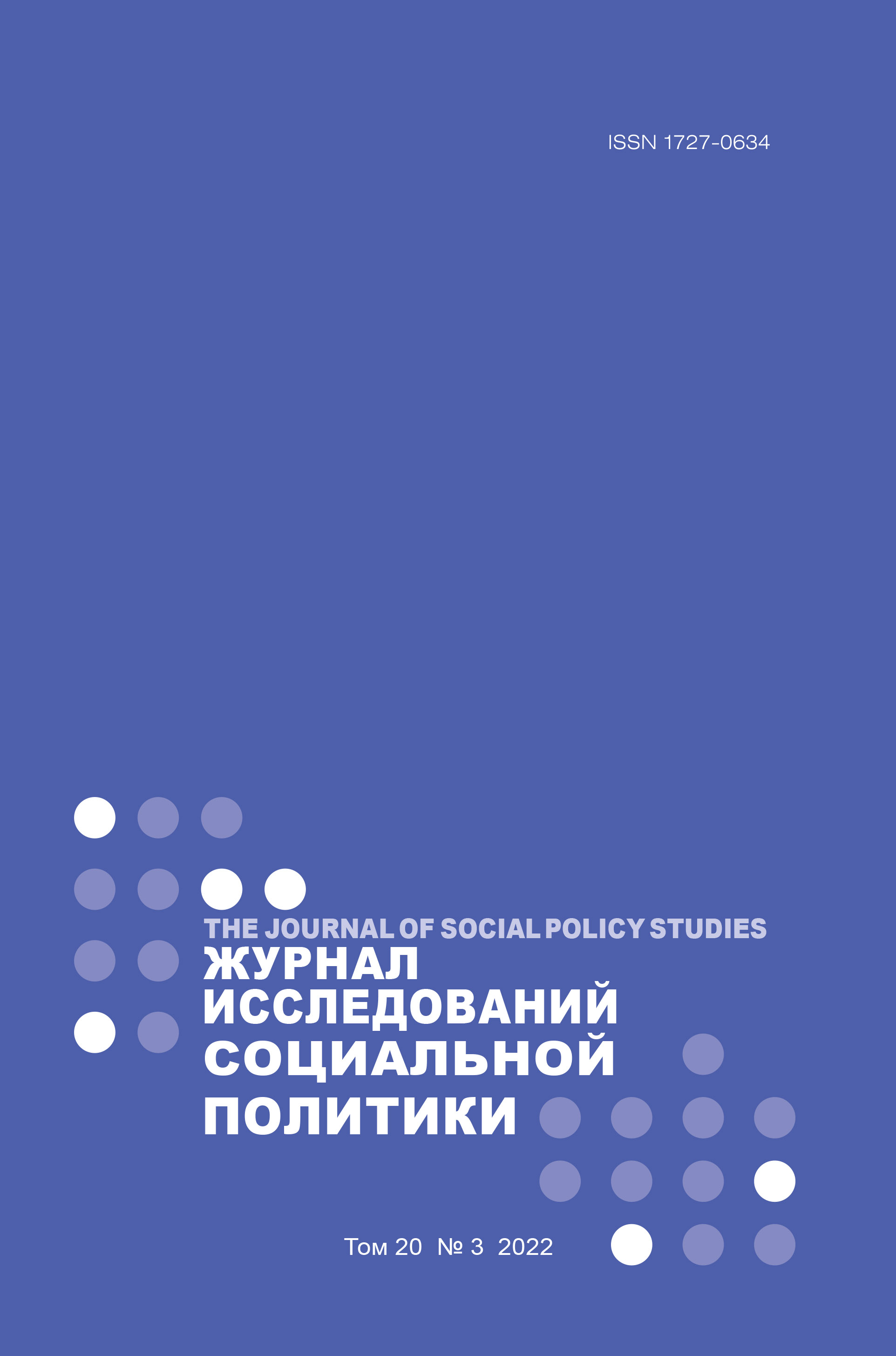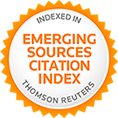Inequality in Physical Activity: Distribution of Sports- and Playgrounds in Urban Space (Kaluga City Example)
Abstract
This article addresses the issue of hidden inequality in access to physical and sports activity associated with the territorial distribution of the city’s sports infrastructure. Urban planning standards dictate equal distribution of sportsgrounds to compensate for the limitations of physical activity for financial, transport, medical, and demographic reasons. In practice, the sites are placed spontaneously without reflecting the needs of residents. The analysis conducted in this article incorporates the addresses of all the sports complexes of the city, the results of the survey of a socio-demographic portrait of various city neighborhoods, and data from a comprehensive survey of the living conditions of the population conducted by Rosstat. The analysis was based on a comparison of paired and partial correlations. Estimates of the prestige of microdistricts, high standard of living of able-bodied residents, and the efforts of territorial communities, if they are headed by a chairman with the status of a deputy, were highlighted as variables with the greatest strength of correlation with the number of territorial objects in microdistricts. This suggests the ineffectiveness of sportsgrounds placement as a tool to smooth out the inequality of citizens in access to physical activity practices. Concentrated in prestigious neighborhoods dominated by economically successful residents, sports infrastructure objects only reinforce urban segregation. Rosstat data show that the unsatisfactory condition of sportsgrounds in the adjacent territories reduces the elderly citizens’ satisfaction with the housing conditions and creates risks for children and adolescents from low-income families. The needs and requests of residents of 'depressed' urban micro-districts lack the attention of municipal authorities, which could partially compensate for the inequality in access to sports and active recreation.















